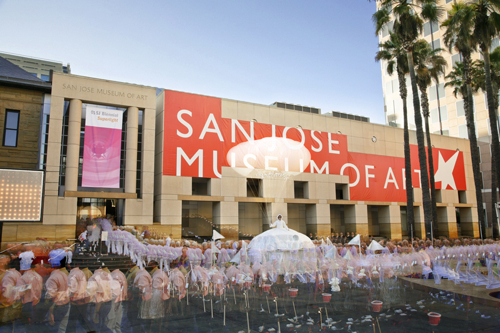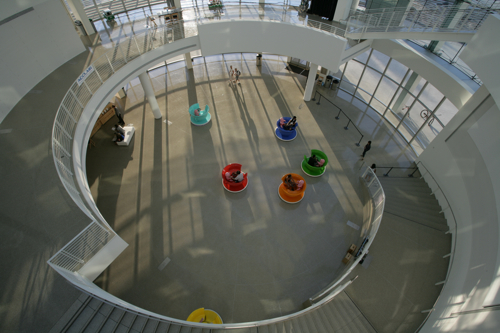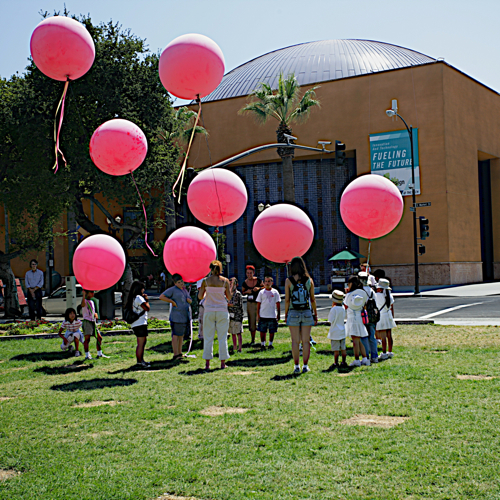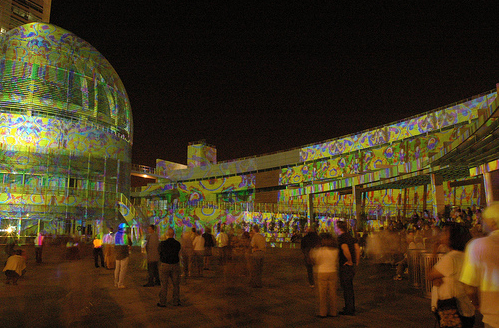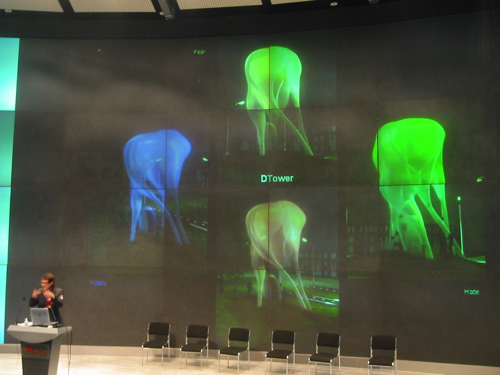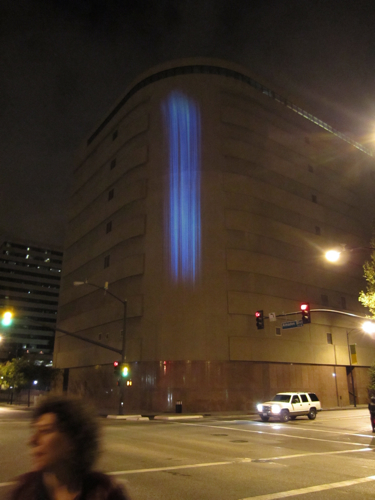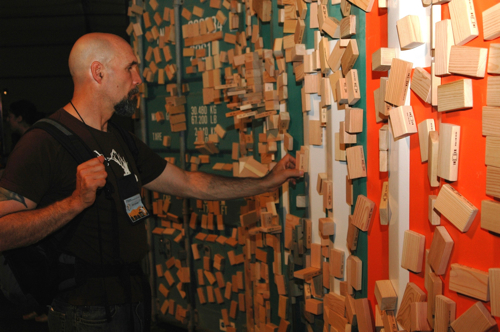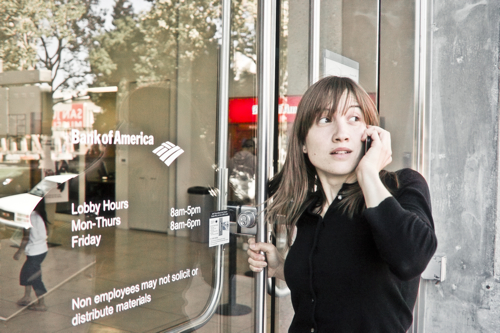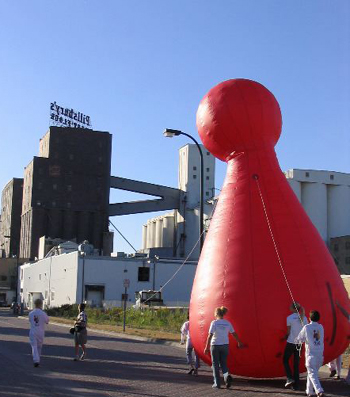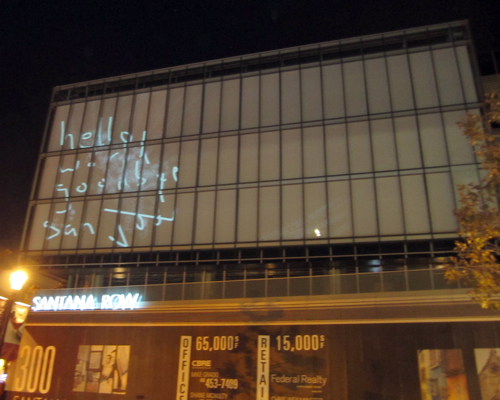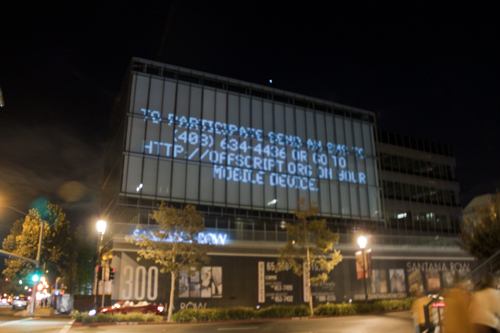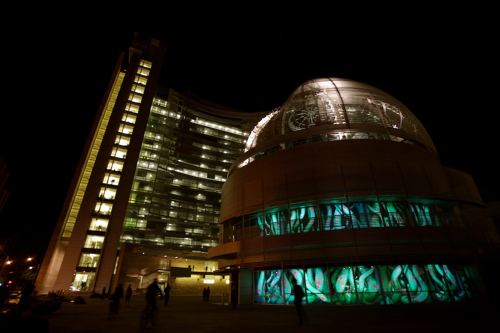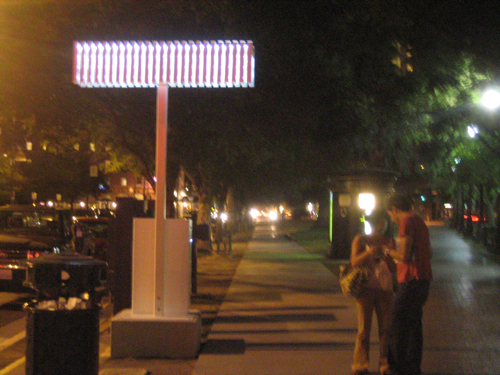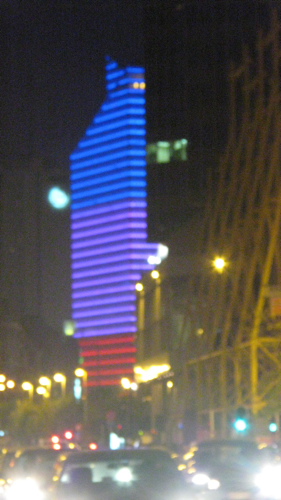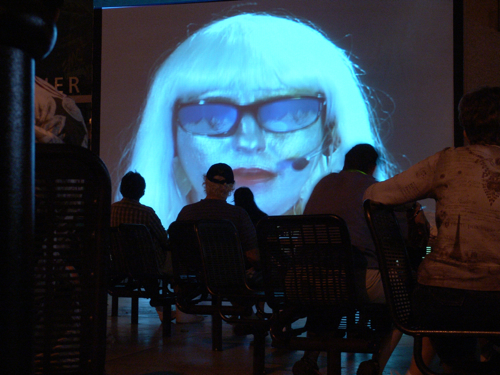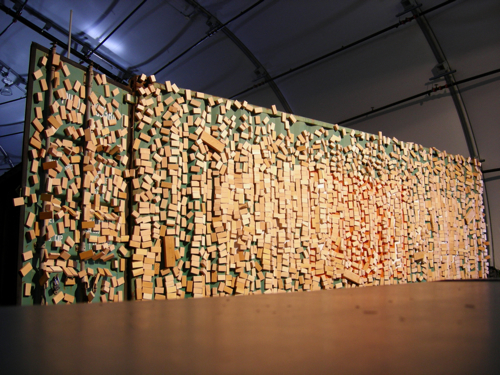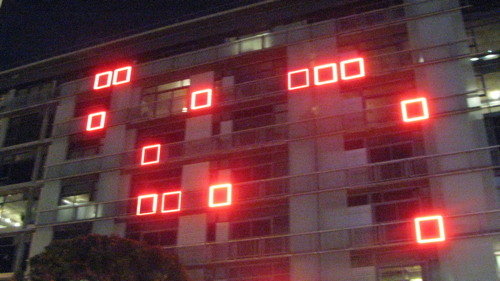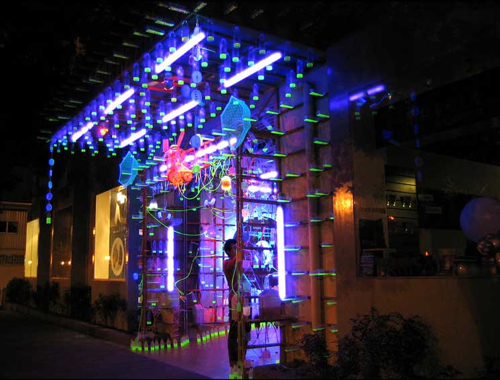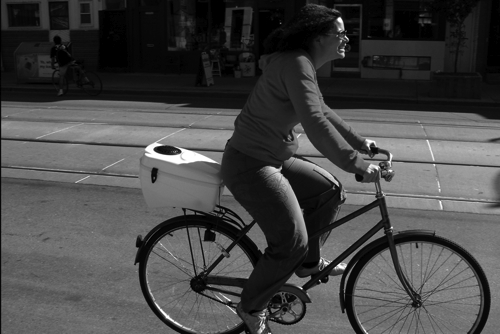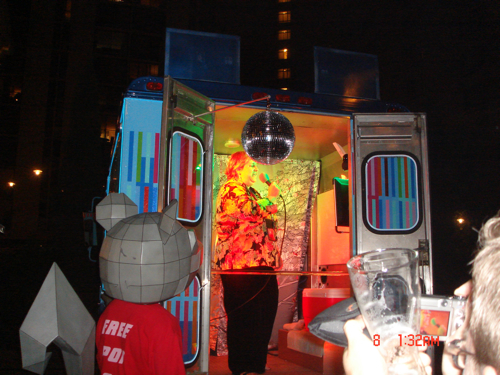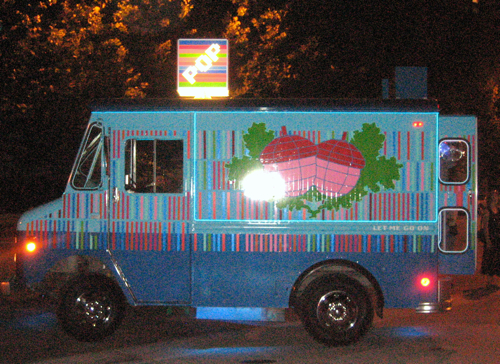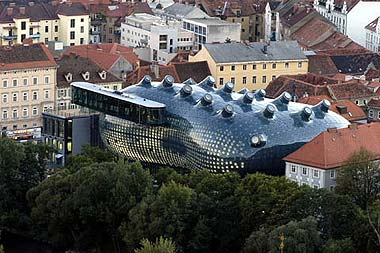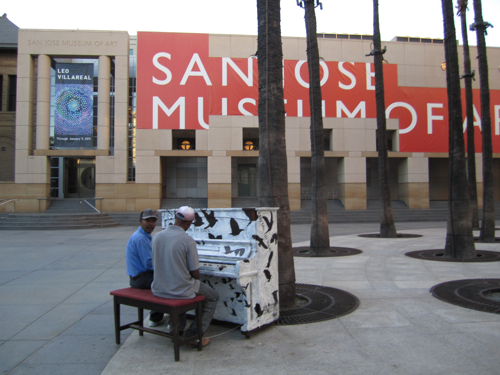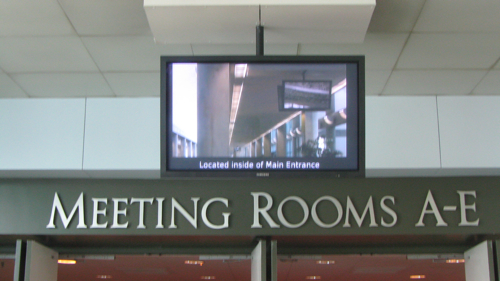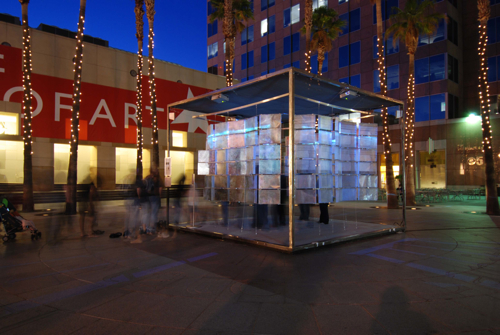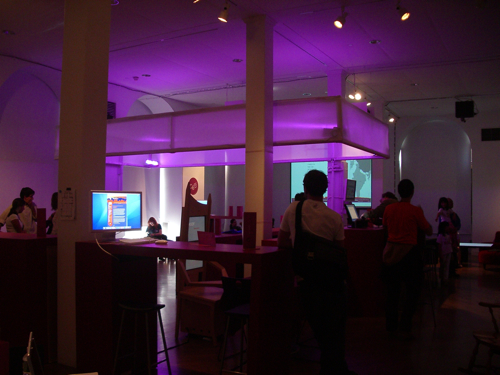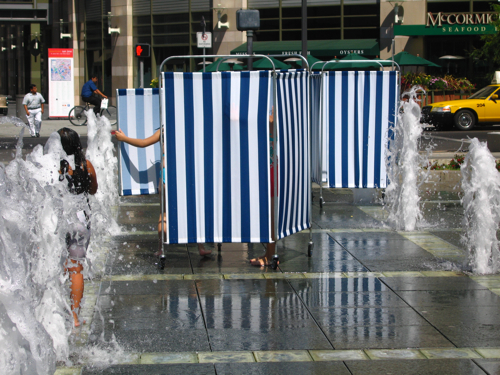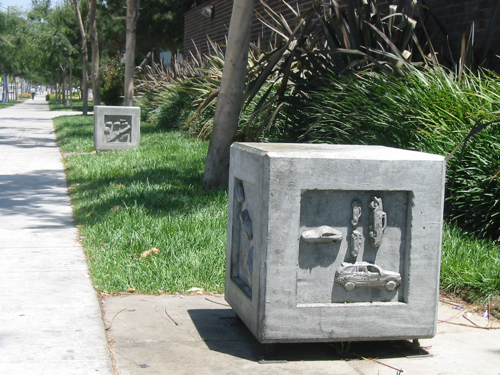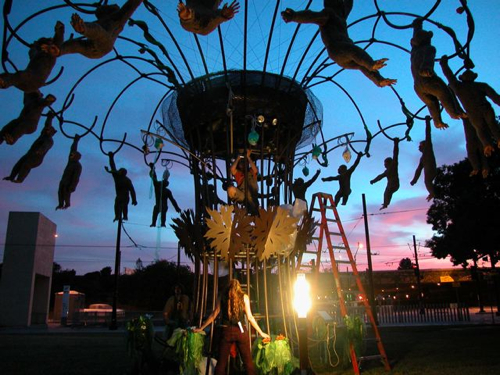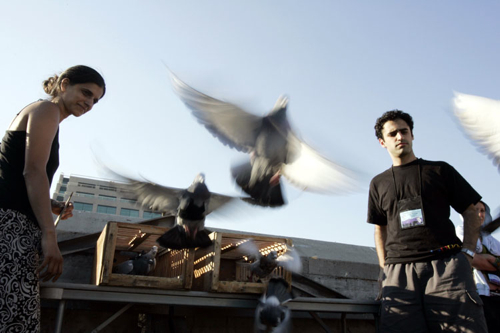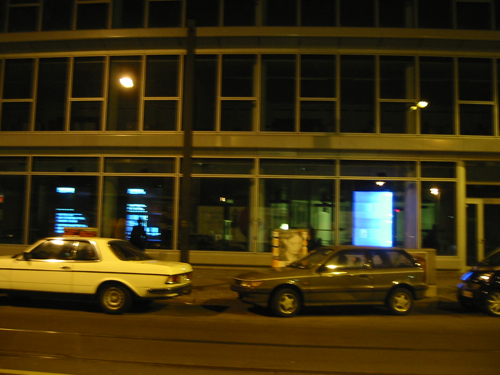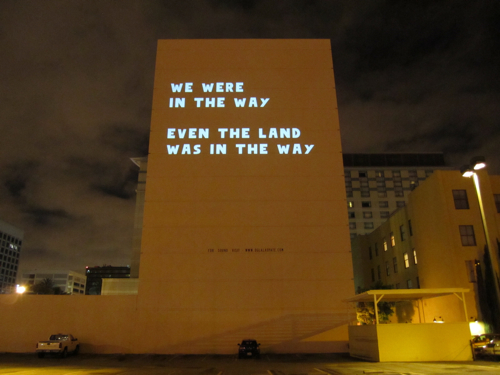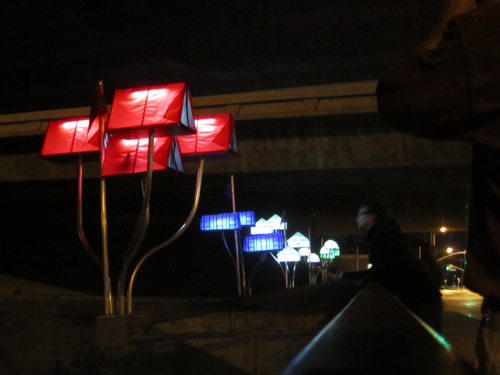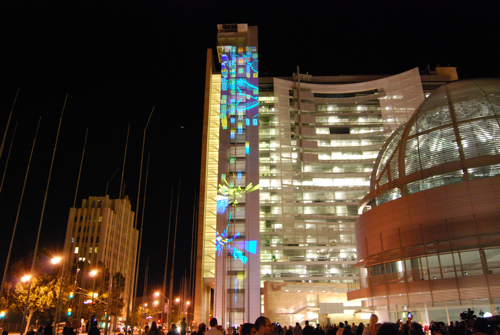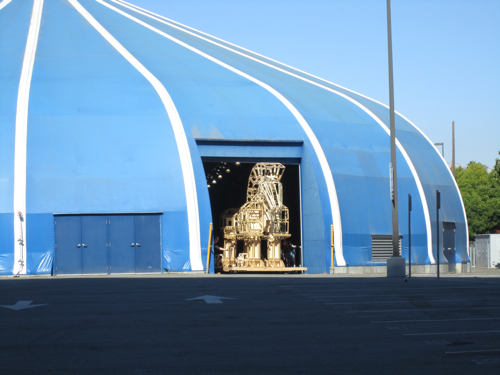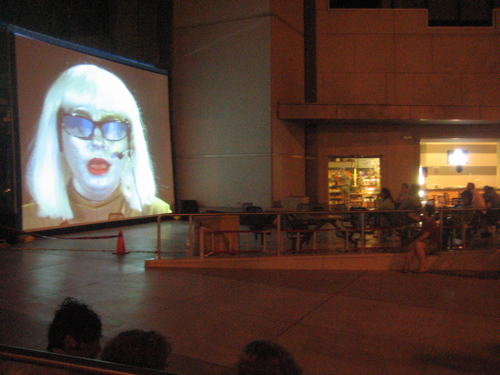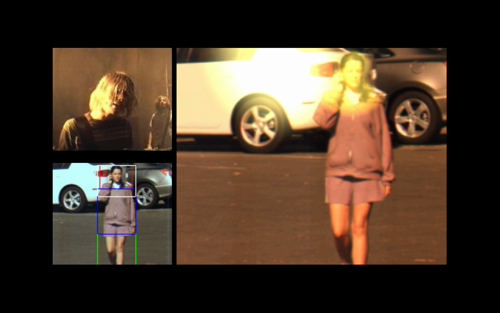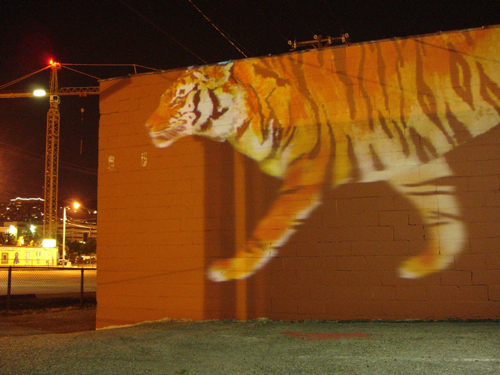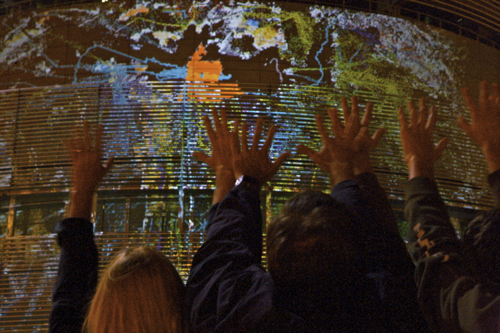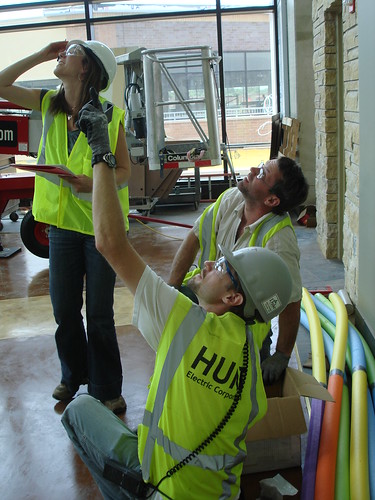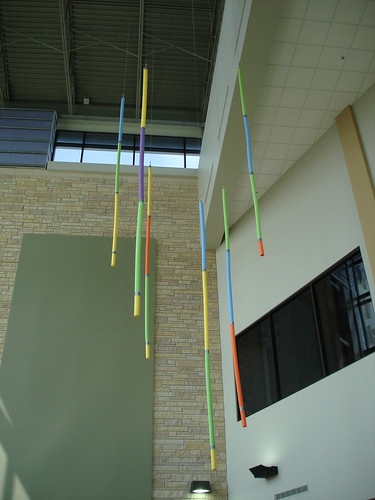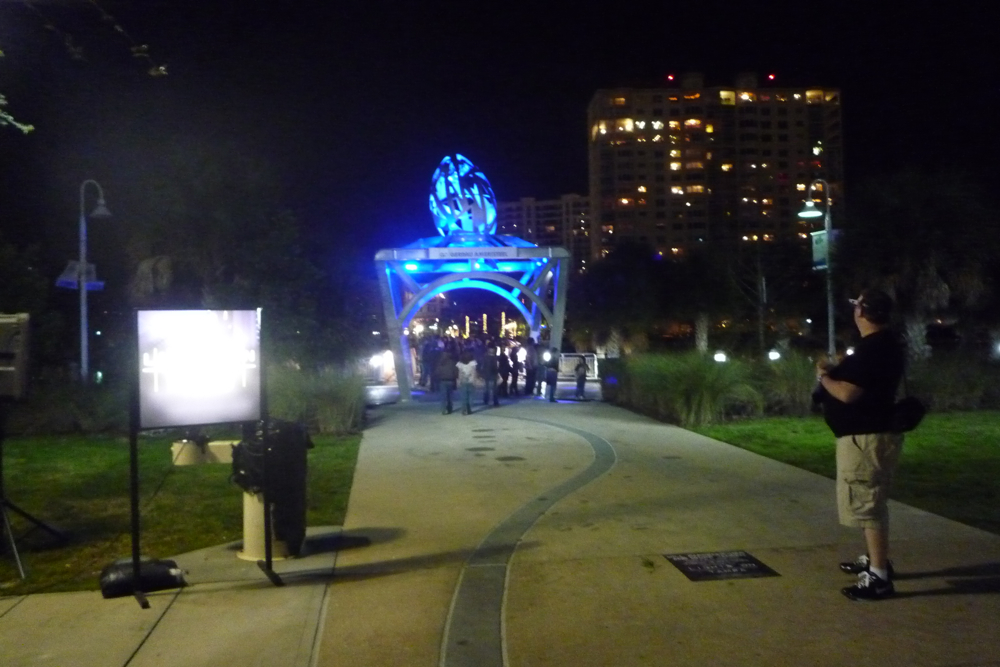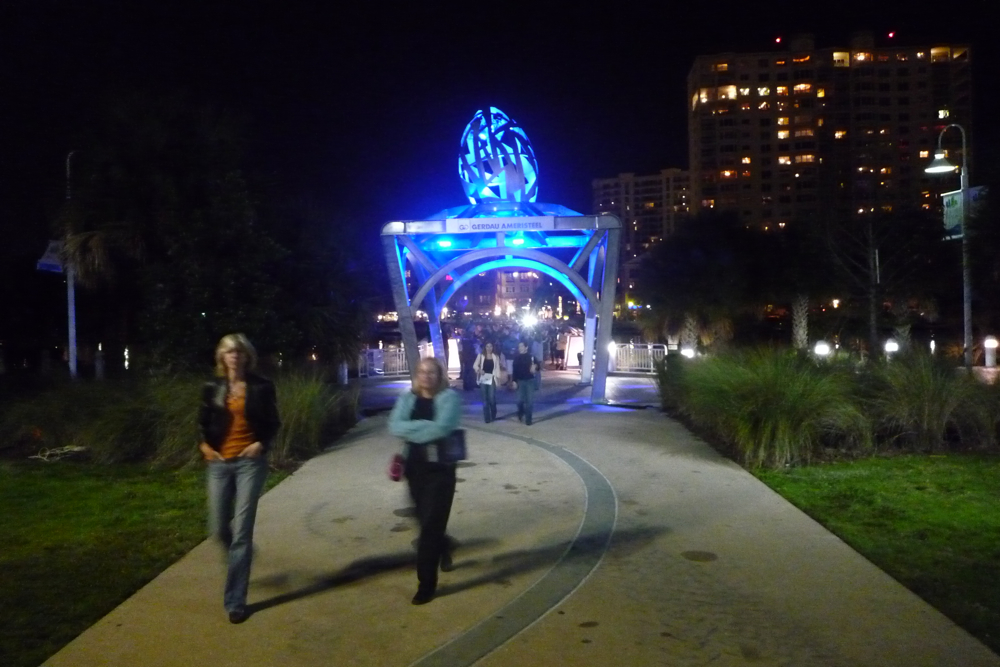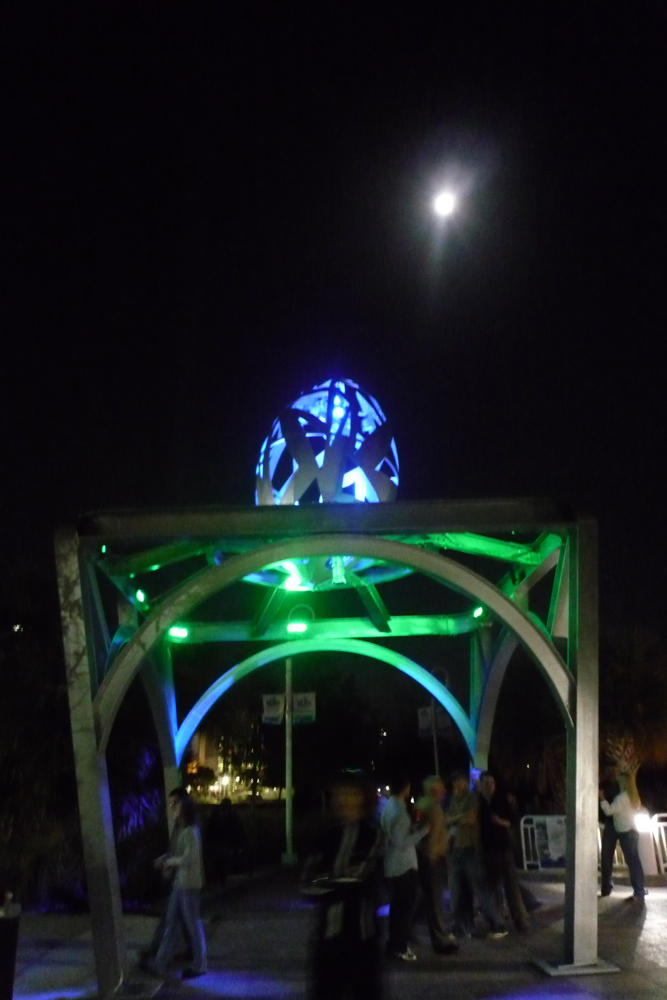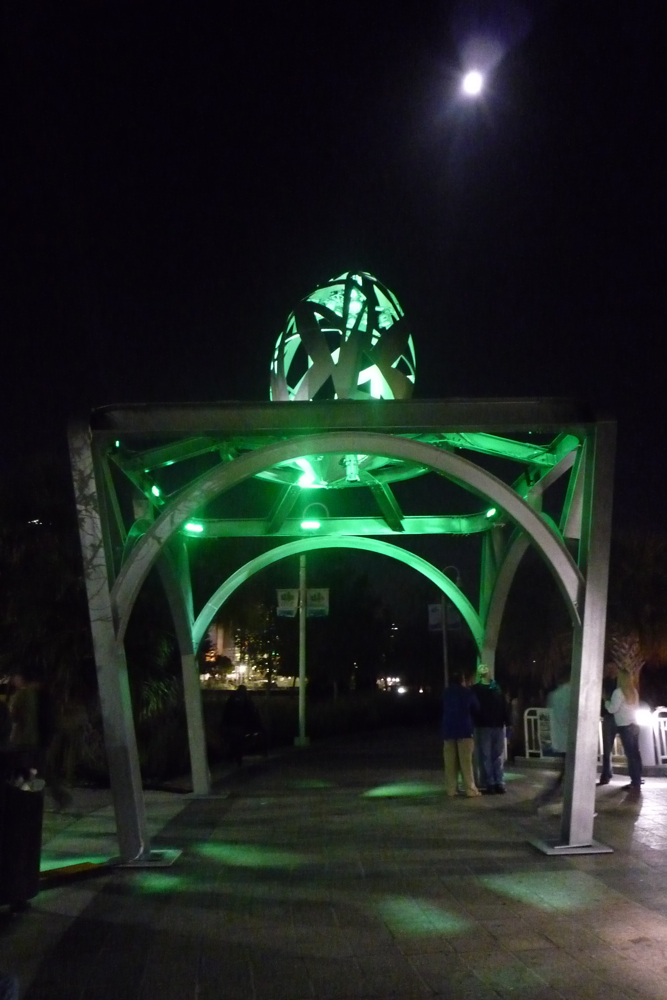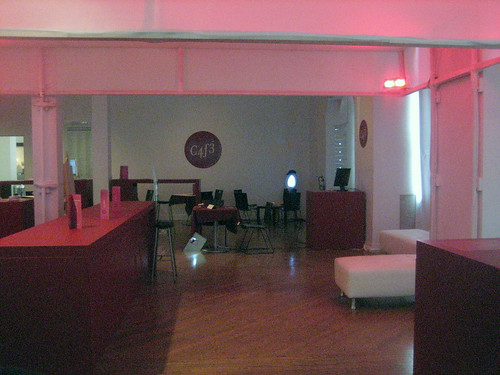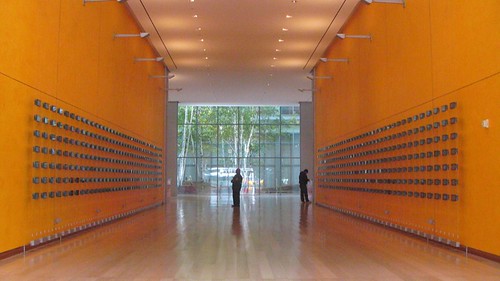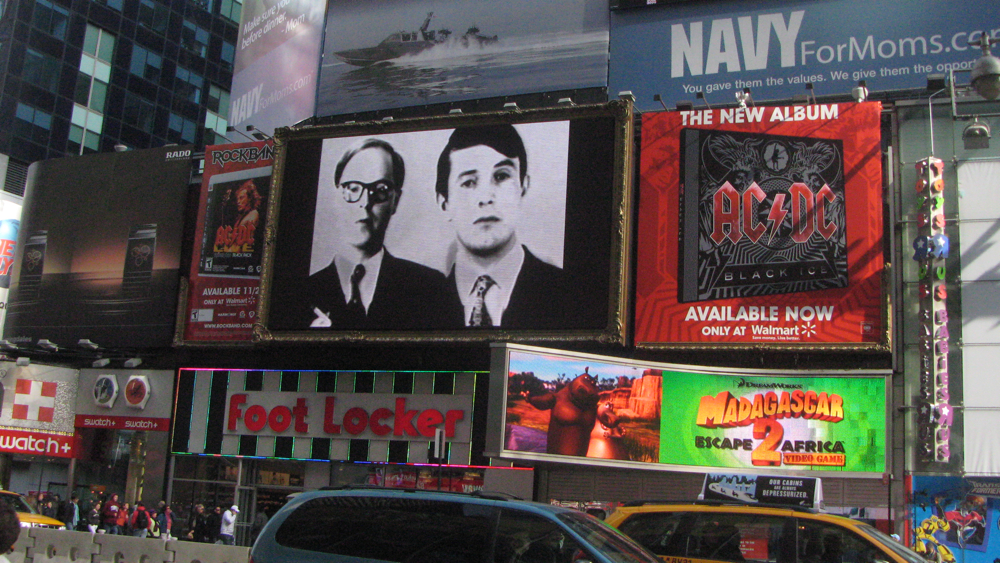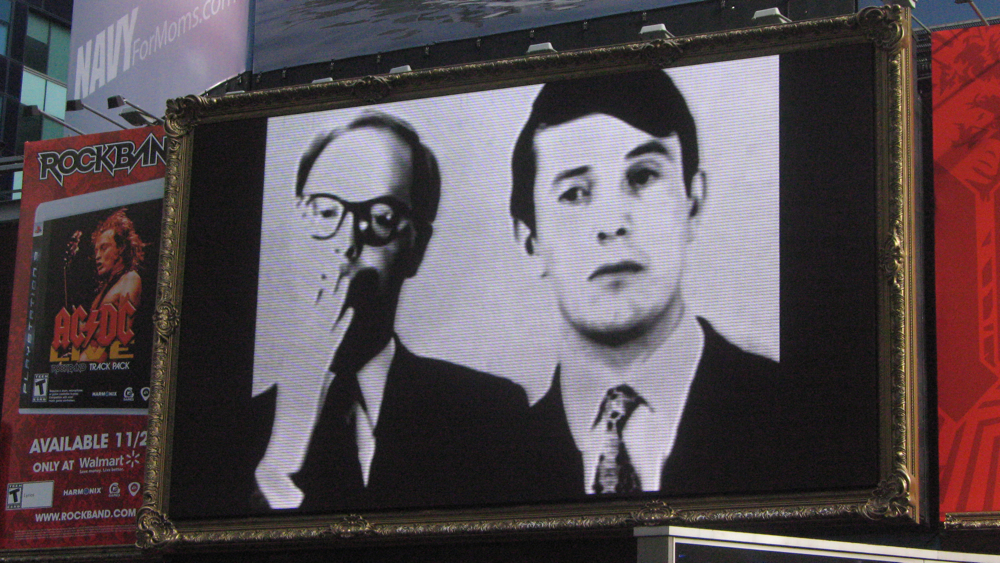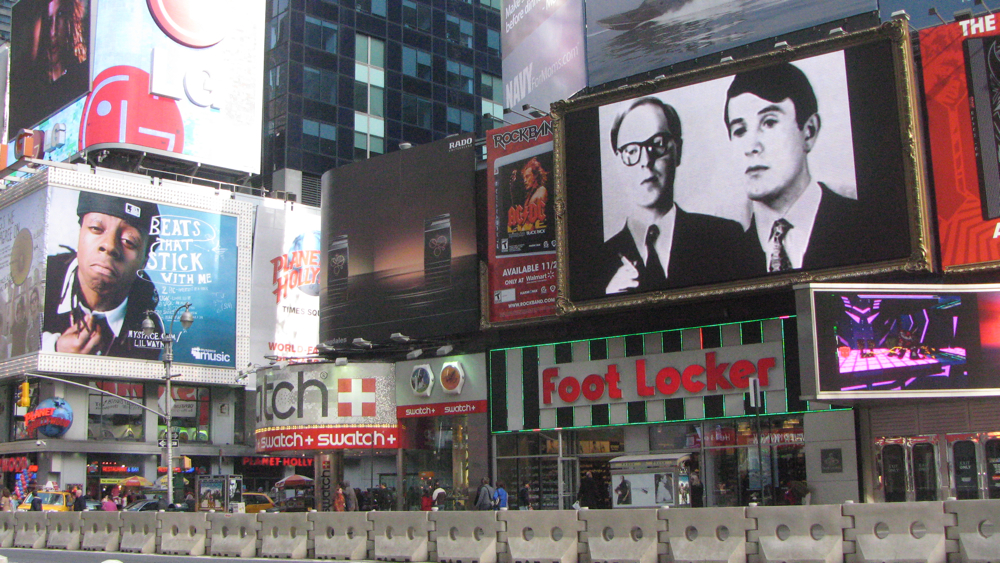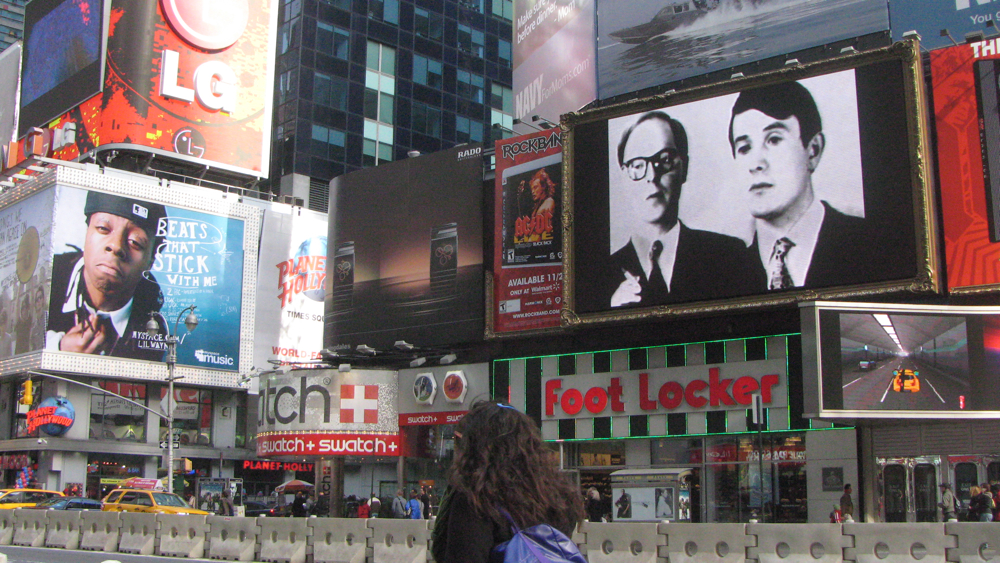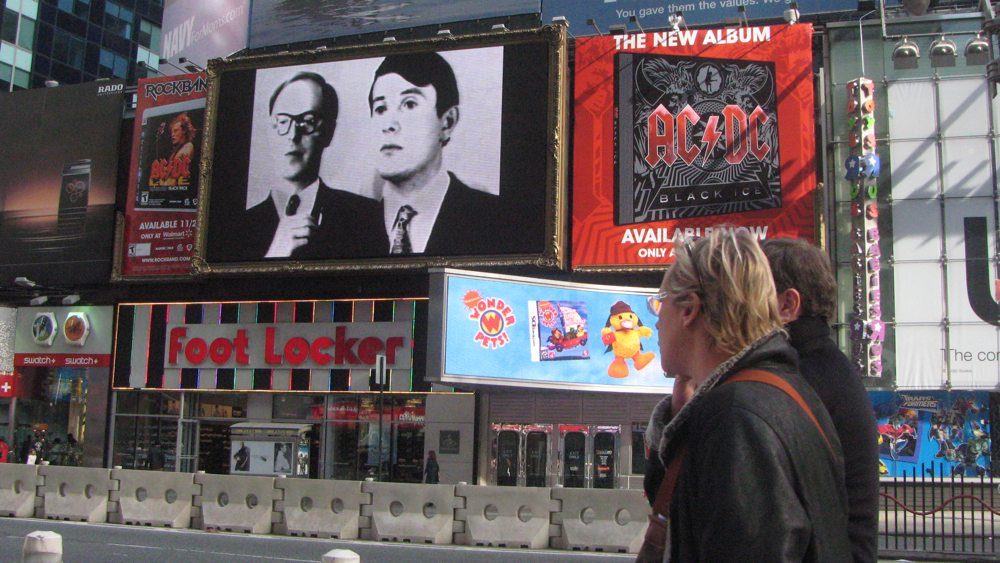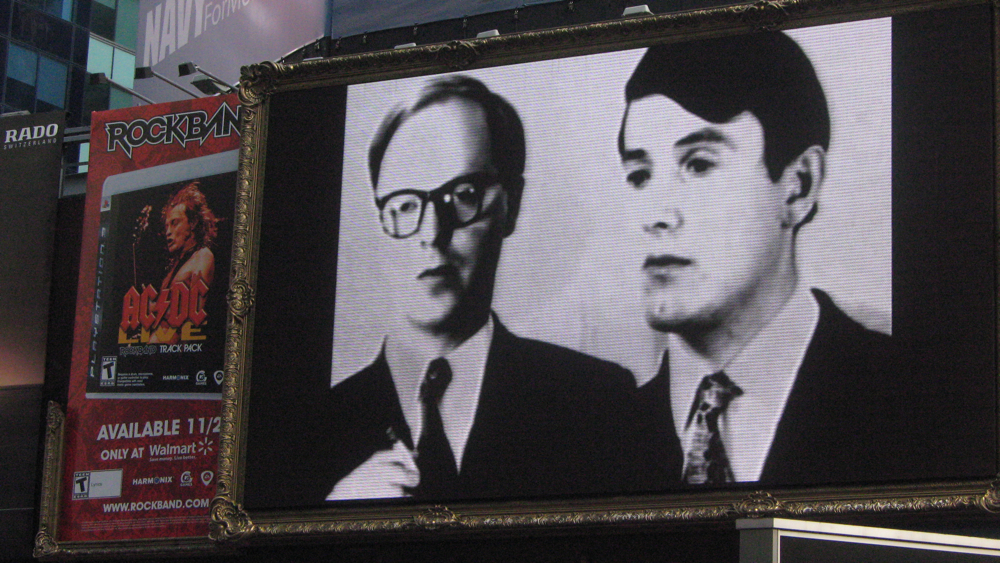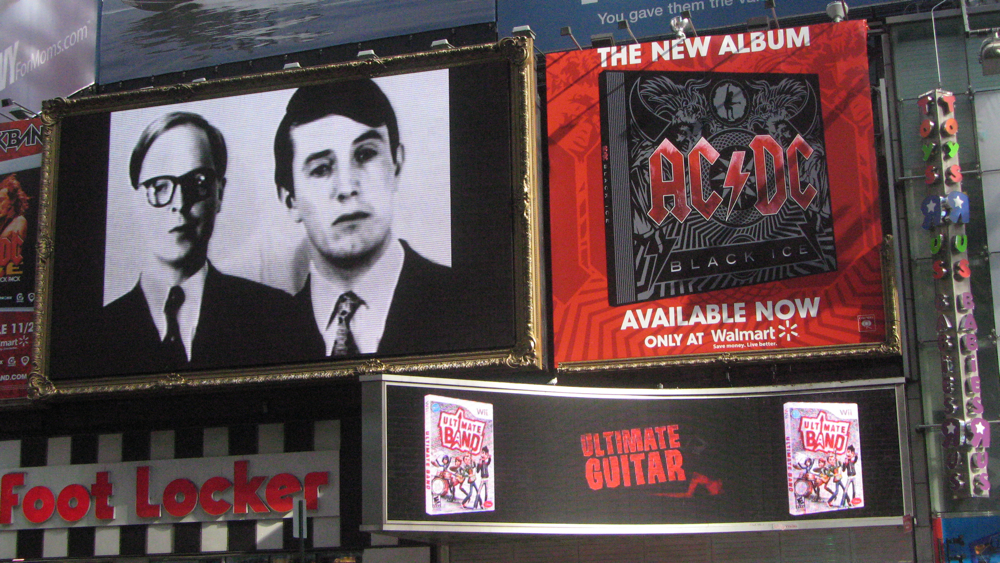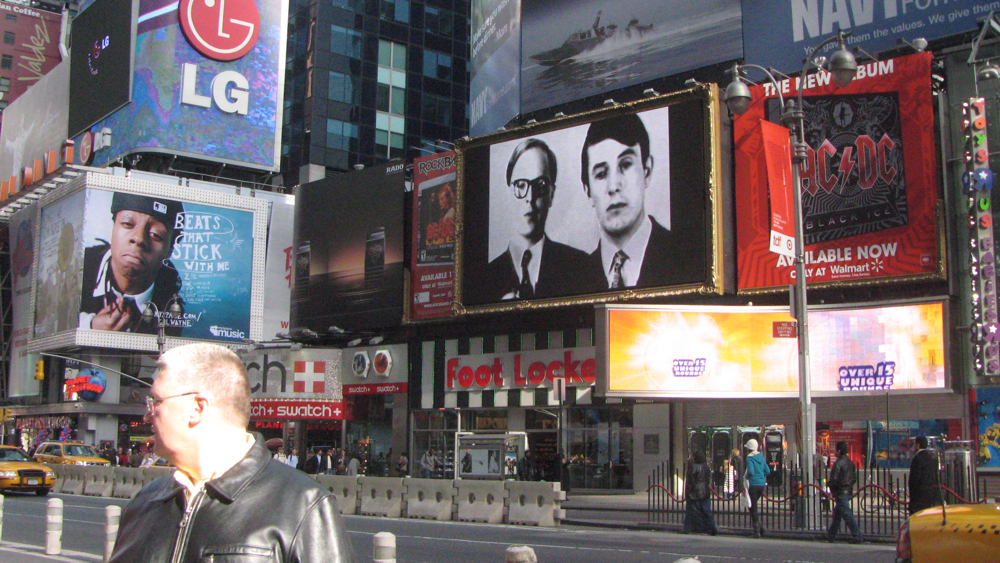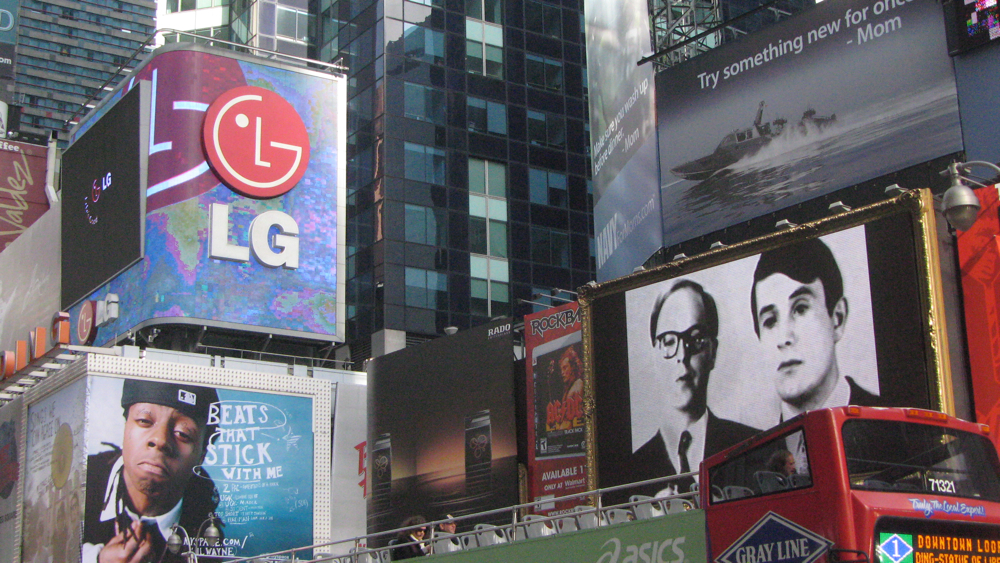
Archigram, Instant City. In the exhibition Edge Condition, 2008 01SJ Biennial
CAA 2011 Conference
Thursday, February 10, 2011, 5:30 pm – 7:00 pm
On site at the Hilton Conference Center, 3rd Floor, Trianon Ballroom
Free and open to the public
http://conference.collegeart.org/2011/sessions/sessions.php?period=2011-02-10
http://www.newmediacaucus.org/wp/caa-2011-conference-nmc-events-and-activities/
http://www.facebook.com/event.php?eid=193076990718038
Chair
Steve Dietz, Northern Lights.mn
This panel will examine the experience of artists and presenters with large-scale, long-term interactive art in the public sphere and the pragmatic, conceptual and philosophical issues such projects engender.
There is a significant history of festival and exhibition-based public programming of interactive works but long-term and permanent installations are less common. The possibilities for large-scale, interactive art in the public sphere are increasing exponentially, however, and this panel will consist of at least two artists and a presenter, who will discuss their projects in relation to the pragmatics of production and the histories of public and new media art practices, as well as the intersection with civic and economic imperatives embodied in the notion of the creative city. A respondent will critique these projects in relation to issues of agency, free speech and spectacle.
Panelists
Barbara Goldstein
Public Art Program Director
City of San Jose
Barbara Goldstein will trace the evolution of interactive cities from early utopian concepts, comic books and Archigram’s “Plug In City” through the manifestation of interactivity in contemporary urban form and the unique role that technology-based art has played in the activation of space and place.
Barbara Goldstein is the Public Art Director for the City of San José Office of Cultural Affairs and the editor of Public Art by the Book, a primer recently published by Americans for the Arts and the University of Washington Press. Prior to her work in San José, Goldstein was Public Art Director for the City of Seattle. Goldstein has worked as a cultural planner, architectural and art critic, editor and publisher. From 1989 to 1993, she was Director of Design Review and Cultural Planning for the Los Angeles Department of Cultural Affairs. From 1980-85 she edited and published Arts + Architecture magazine. She has written for art and architectural magazines both nationally and internationally, and has lectured on public art throughout the United States, and in Canada, Japan, China, Taipei, Korea and Abu Dhabi. She is currently Chair of the Public Art Network for Americans for the Arts.
Cameron McNall
Electroland
Cameron McNall will present 18 topics in 18 minutes, including: Tracking Basketballs; Everybody likes Chic; Hug a Sign; Mr. Zoggs Sex Wax; Restricted vs. Sterile; Fox Tossing; College Faces; Get Smart; Observers, Participants and Performers; RELAX; Urban Nomads; Don’t Try This in Boston; Avatars; Real-Time; Drive-By Disaster; Day and Night; DON’T FREAK OUT
Cameron McNall is an Architect and Principal of the group Electroland. Every Electroland project is site-specific and may employ a broad range of media, including light, sound, images, motion, architecture, interactivity, and information design. Electroland works at the forefront of new technologies to create interactive experiences where visitors can interact with buildings, spaces and each other in new and exciting ways. A pop sensibility, expressed through whimsy and play, helps Electroland to achieve projects that are accessible and that invite visitor participation.
Ben Rubin
Ear Studio / New York University
Beacons, Semaphores, and Panoptical Spires: illuminating the urban skyline
Ben Rubin presents his public illumination projects and discusses the ways changing light technology has altered the fabric of urban life for more than two centuries. With the explosion of LED and other dynamic (and potentially interactive) lighting technologies on city skylines, what is the future of night in the city?
Ben Rubin (b. 1964, Boston, Massachusetts) is a media artist based in New York City. Rubin’s work is in the collections of the Art Institute of Chicago, the San Jose Museum of Art, and the Science Museum, London, and has been shown at the Whitney Museum in New York, the Reina Sofia Museum in Madrid, the Fondation Cartier pour l’art contemporain in Paris, and the ZKM Center for Art and Media in Karlsruhe. Rubin has created large-scale public artworks for the New York Times, the city of San José, and the Minneapolis Public Library. He is currently developing a site-specific sculpture called Shakespeare Machine for the Public Theater in New York, and just completed Beacon (2010), a luminous rooftop sculpture commissioned for National Museum of American Jewish History in Philadelphia.
Respondent
Mark Shepard
University at Buffalo
Mark Shepard is an artist, architect and researcher whose post-disciplinary practice addresses new social spaces and signifying structures of contemporary network culture. His current research investigates the implications of mobile and pervasive media, communication and information technologies for architecture and urbanism. Recent works include the Sentient City Survival Kit, a collection of artifacts for survival in the near-future sentient city; and the Tactical Sound Garden [TSG], an open source software platform for cultivating virtual sound gardens in urban public space, both of which have been presented at museums, festivals and arts events internationally. In 2006 he organized Architecture and Situated Technologies (with Omar Khan and Trebor Scholz), a symposium bringing together researchers and practitioners from art, architecture, technology and sociology to explore the emerging role of “situated” technologies in the design and inhabitation of the contemporary city. In 2009, he curated Toward the Sentient City, an exhibition of commissioned projects that critically explored the evolving relationship between ubiquitous computing and the city. He is the editor of Sentient City: ubiquitous computing, architecture and the future of urban space, published by the Architectural League of New York and MIT Press.
Links
Sentient City: ubiquitous computing, architecture and the future of urban space.
Sentient City exhibition
An exhibition critically exploring the evolving relations between ubiquitous computing, architecture and urban space. Organized by the Architectural League of New York in 2009.
Situated Technologies Pamphlets Series
A series of pamphlet-length publications that examines the implications of contemporary mobile, embedded and responsive systems for architecture and urbanism.
